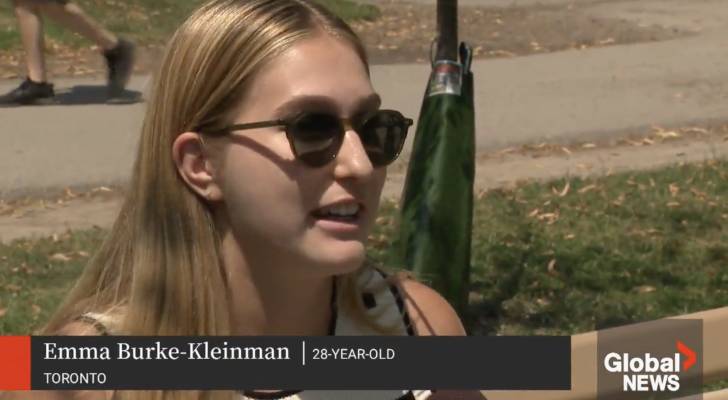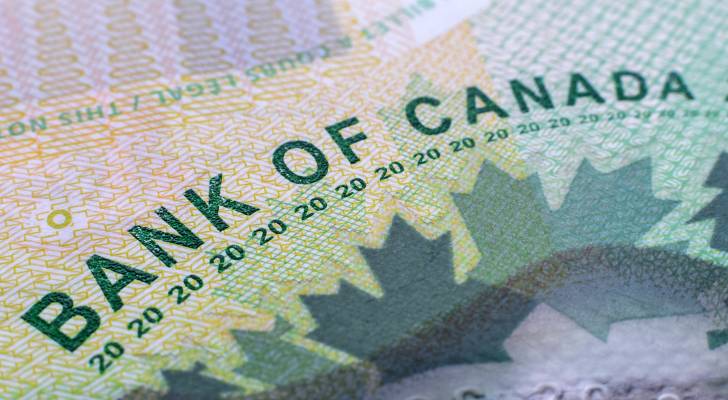Young Canadians squeezed by housing costs and shaky job market

They did everything right. They got the degrees, took the entry-level jobs, moved back home to save, and still, many young Canadians can’t get ahead. For a generation raised with the promise that hard work leads to stability, that promise is slipping further out of reach. Nearly half of Canadians aged 18 to 34 now […]
Crushed by costs: Survey reveals ‘cost of living in Canada’ now the top fear for households (just ahead of BoC rate decision)

Even as Canadians kick back and enjoy exploring their own country or relax into summer while soaking up sunshine rays, many are still struggling with the higher cost of living. As the Bank of Canada prepares for its next interest rate decision on July 30, 2025, a recent survey from Money.ca shows that nearly two-thirds […]
How to choose the best student credit card in Canada

Choosing the right student credit card is an important step for Canadian post-secondary students looking to build credit and manage expenses. With the right card, you can not only establish good financial habits but also earn rewards such as cash back and discounts that support your student lifestyle. Here’s how to find the best student […]
‘Beyond the pale’: Atlanta ‘phantom debt collector’ harassed people into paying him debts they didn’t owe — here’s how to protect yourself from being ‘violated’ by shady professionals

Having debt is never fun. And when a representative from a lender calls you asking for the amount you owe, your nerves may get the best of you. But what if you’re being harassed? Worse yet, for a debt you don’t really owe? Don’t miss Thanks to Jeff Bezos, you can now become a landlord […]
TikTok is a swamp of bad financial advice, and experts are fighting back

Dr. Brad Klontz first heard about TikTok through his teen nephews. After they showed him some animal videos, he kept scrolling and watching more posts. Before long, the financial psychologist — who helps patients deal with money-related stress — stumbled across one user promoting day trading. “I was sort of blown away because I thought […]
11 ways to make money online, fast

We’ve scoured the Internet and found some of the best revenue-generating apps and sites that can pack some extra bucks in your wallet. Some have big payouts, while others offer smaller incentives that, if you’re patient, can add up over time. If you have access to a computer, tablet, or smart phone, here’s how to […]
When the bill comes with a catch: Mississauga cafe closes after scam allegations

Farzi Café, a high-end Indian eatery in Square One Shopping Centre in Mississauga, Ontario, first hit headlines earlier this year when it was temporarily shuttered over health violations, documented in public health orders after inspectors found multiple safety infractions. Yet, its reopening proved short-lived. Last week, the restaurant quietly closed its doors again. This time, […]
BoC walks tightrope: Growth gains hampered by slowing demand making a hold at 2.75% likely

Canada’s economy grew faster than expected in early 2025. But dig past these positive headlines and just about everyone can see that cracks are forming. This is the situation the Bank of Canada economists are in as they make one of its toughest calls yet: lower rates or stay the course? Split economy complicates the […]
Is a rate cut coming in 2025? Here’s what to watch in the next few weeks and months

As inflation slows and consumer spending stalls, many Canadians are wondering when — or if — the Bank of Canada (BoC) will finally cut interest rates. While a rate cut at the next policy announcement on July 30, 2025, seems unlikely, experts are watching several key indicators to assess whether a move is coming before […]
Most Canadians say a rate cut won’t change how they spend — they’re too stretched to celebrate

Despite high hopes for relief, 72% of Canadians say they won’t shift financial strategy when Bank of Canada lowers rates. As the Bank of Canada eyes another potential rate cut at its July 30 announcement, a new Money.ca reader poll suggests that the majority of Canadians don’t plan to change their financial habits — even […]